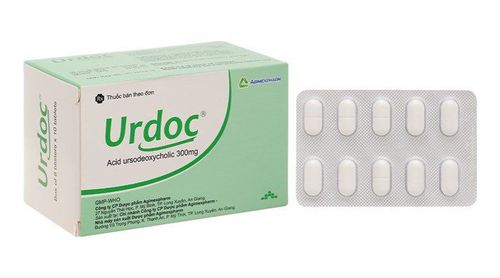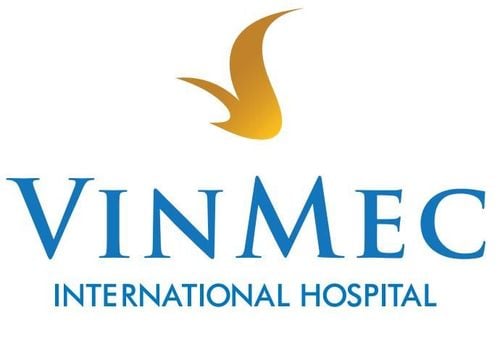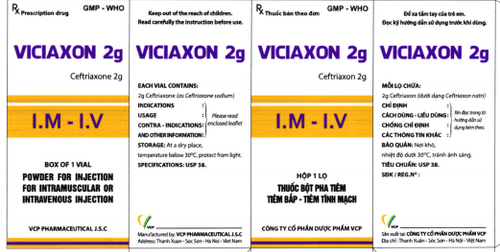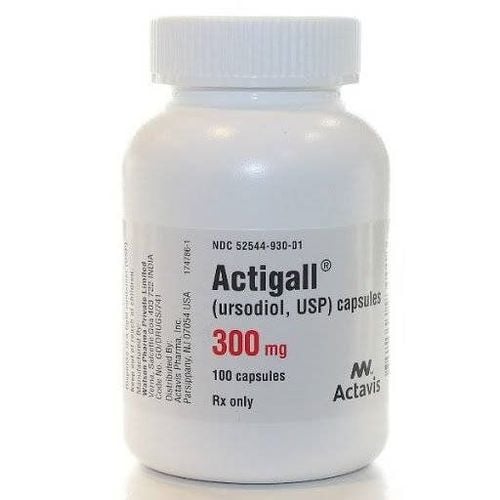This is an automatically translated article.
The article was written by MSc Nguyen Ngoc Khanh - Head of Department of Gastroenterology, Urology Surgery Robot & Pediatric Surgery - Vinmec Times City International General Hospital.The gallbladder is a small pear-shaped pouch located under the right liver that stores and concentrates bile. Bile secreted by the liver is stored in the gallbladder and then excreted into the intestines to digest fats.
1. What are gallstones?
Solid gallstones are formed by cholesterol, bile salts, and calcium, and vary in size from a few millimeters to several centimeters. Quantity can be from 1 to hundreds of tablets.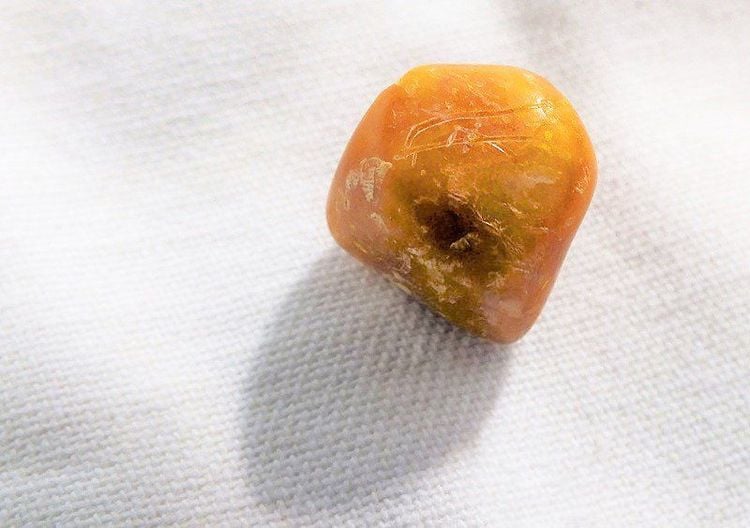
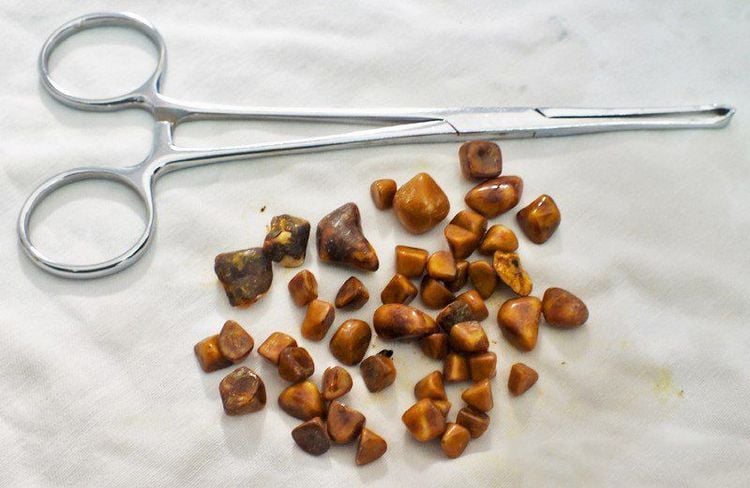
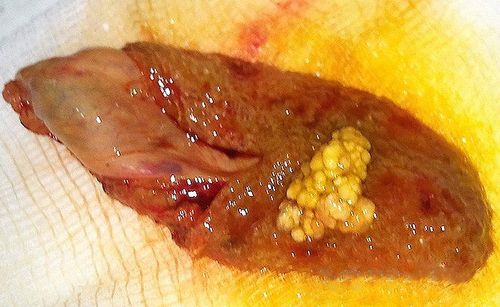
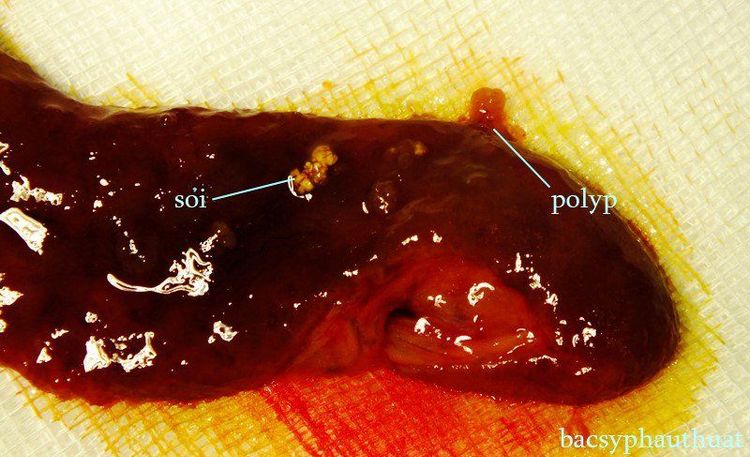
2. What causes gallstones?
Gallstones are usually metabolic, when there is too much excess cholesterol in the bile to form crystals from which gallstones are formed.
Gallstones can happen to anyone, younger people are less likely to get them. The following people are in the high-risk group:
Fat people. Because stones are related to the problem of excess cholesterol in the blood. Women taking birth control pills that contain estrogen. People with inflammatory bowel diseases such as Crohn's disease, ulcerative colitis.
3. What are the symptoms of gallstones?
Most patients have no symptoms, gallstones are discovered incidentally during ultrasound examination of other diseases.
If there are symptoms, then:
Dull abdominal pain under the right flank, through the back, up the right shoulder. Severe cramping pain is rare, often associated with stones blocking the cystic duct, acute cholecystitis requires the patient to be hospitalized for medication, monitoring and possibly emergency surgical intervention if too much. Progressive inflammation leads to gallbladder necrosis. Fever, jaundice are usually stones that have caused complications.
4. How are gallstones diagnosed?
Blood tests help determine liver function, blood cholesterol status.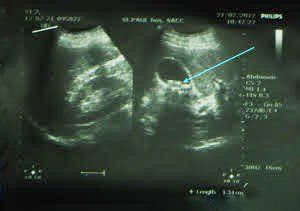
5. How to treat gallstones?
The following points can be summarized:
Gallstones larger than 1cm without symptoms may not need treatment. Because in fact stones are often discovered incidentally and the person carrying the stone has lived with the stone for many years without symptoms. And the complication of this stone is usually mild: cholecystitis. A special case: women of childbearing age with gallstones, in my opinion, should have active surgical intervention before pregnancy to prevent gallbladder inflammation at the right time during pregnancy, which will make the treatment easier. becomes very complicated, especially if cholecystectomy is required at this stage.
Treatment of "stone-dissolving" drugs as advertised by many drug companies has very limited effects, mainly in the prevention of stone formation in high-risk people: gastrectomy for weight loss...represented by ursodiol with trade name Actigall, Urso Forte, Urso 250.
Small stones 2-3mm are more dangerous than large stones 1-2cm because they can cause very serious complications even death is acute necrotizing pancreatitis. Therefore, in my opinion, when the patient discovers that there are small gallstones of 2-3 mm, he should actively consult a surgical hospital to request surgery even though the stones have not caused any symptoms.
Stones cause pain and fever, so treatment of gallbladder stones by surgery:
Lithotripsy: Not applied to treat gallstones. It is ineffective and causes complications. The current gold standard treatment for gallstones is laparoscopic cholecystectomy. It can be conventional laparoscopic surgery with 3-4 small skin incisions 0.5-1cm on the abdominal wall to insert the instrument or SILS surgery with an incision through the navel so that no scars are visible after surgery. The average surgical time for a gallbladder stone case is 15-30 minutes, and the postoperative hospital stay is 1-2 days. In surgical treatment, surgery when the gallbladder is not inflamed is much easier than when the gallbladder has been inflamed many times.
6. When cholecystitis, what to do?
You need to be hospitalized for treatment, where doctors will make a diagnosis and consider treatment in the following sequence: Confirmation diagnosis -> Diagnosis of severity -> Determination of risk level have common bile duct stones -> Select the treatment method.
Definitive diagnosis (according to Tokyo Guideline 2013)
Diagnosis of patient's severity (according to Tokyo Guideline 2013)
Modified of the American Society of Gastrointestinal Endoscopy and Society of American of Gastrointestinal Endoscopic Surgeons
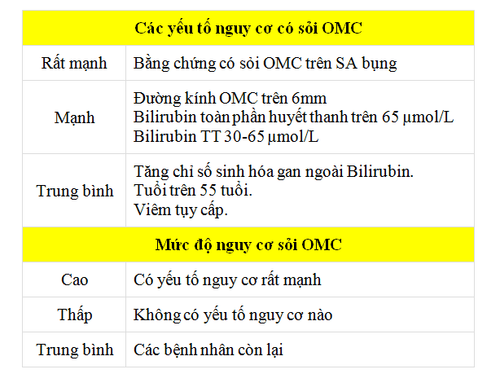
Choice of exploration for diagnosis of common bile duct stones (According to 2016 WSES guideline)
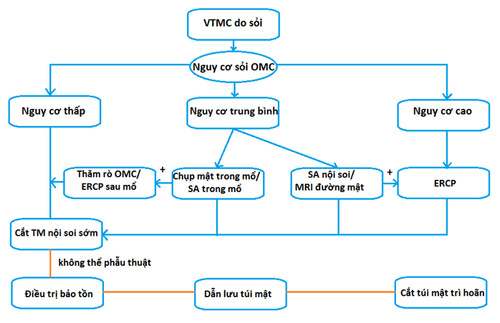
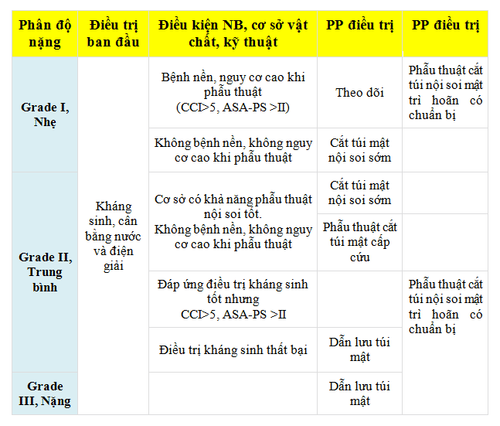
Some surgical pictures:
Single-incision laparoscopic surgery: Open surgery in a patient with necrotizing pancreatitis due to complications of small gallstones. A 54-year-old female patient has no history of pain and no pre-existing gallstones. Admitted to the hospital because of severe abdominal pain above the right umbilicus and below the right flank, clinical examination suggested acute pancreatitis, abdominal ultrasound showed small gallstones, blood amylase blood test over 3000 units. The patient was admitted to the hospital, gastric tube, completely fasted, given medication and monitored. The severity of the disease manifests as necrotizing pancreatitis. Emergency laparotomy must be performed.
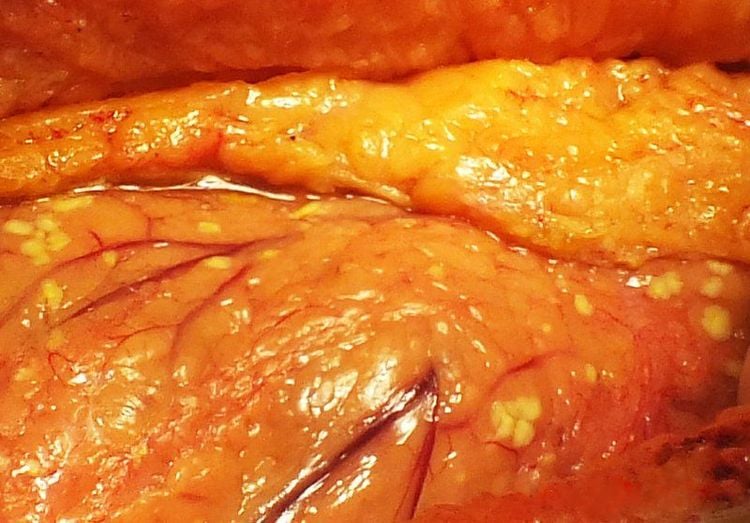
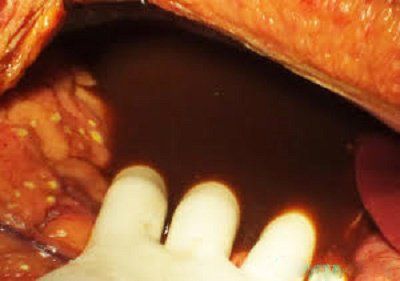
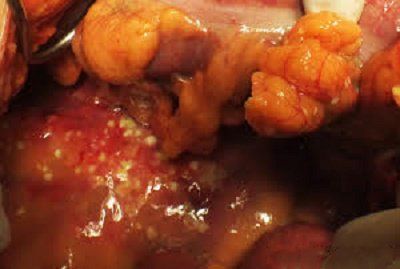
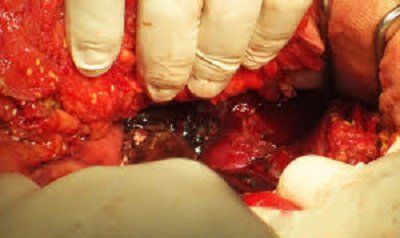
The patient underwent cholecystectomy, drained the common bile duct, opened the pancreas to remove necrotic tissue, lowered and widened the two colonic grooves, cleaned the abdomen and drained the abdomen extensively.
After surgery, the situation was severe, requiring mechanical ventilation for many days, eating through an ileostomy, and being discharged from the hospital after more than 40 days of treatment.
Please dial HOTLINE for more information or register for an appointment HERE. Download MyVinmec app to make appointments faster and to manage your bookings easily.





